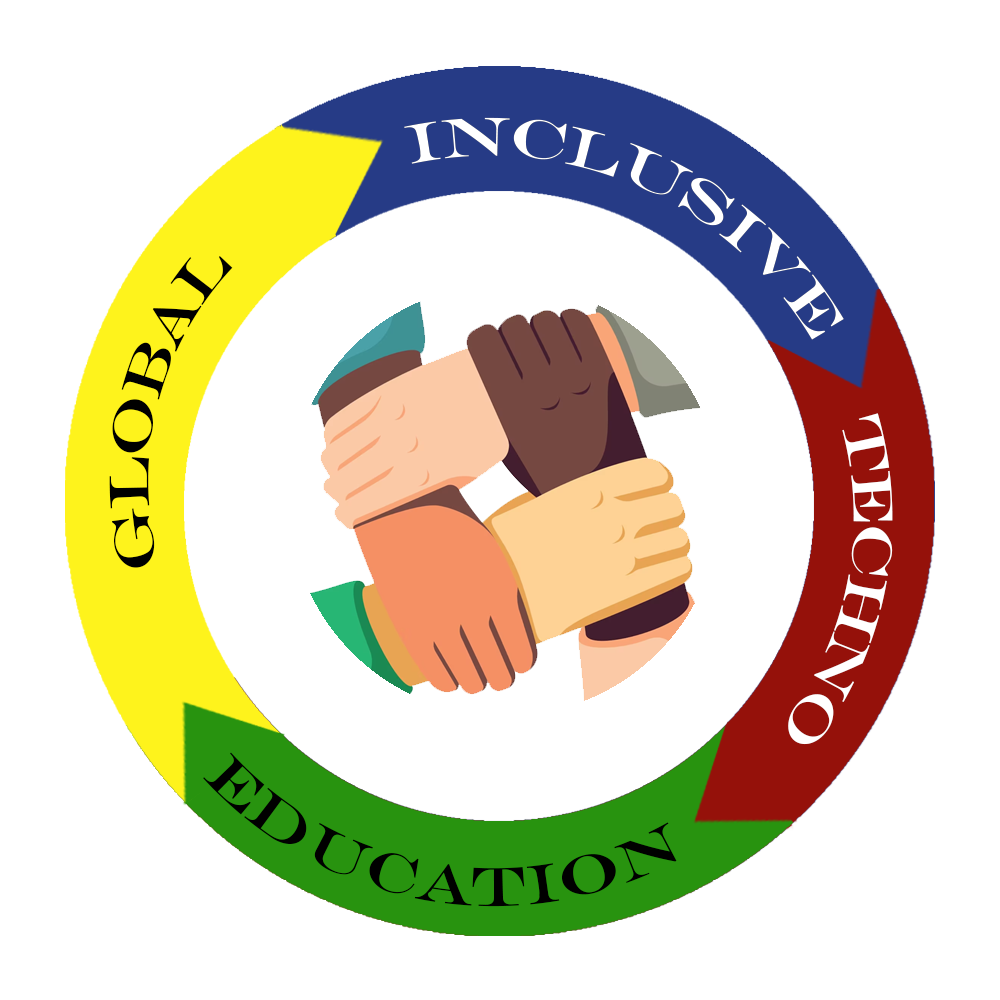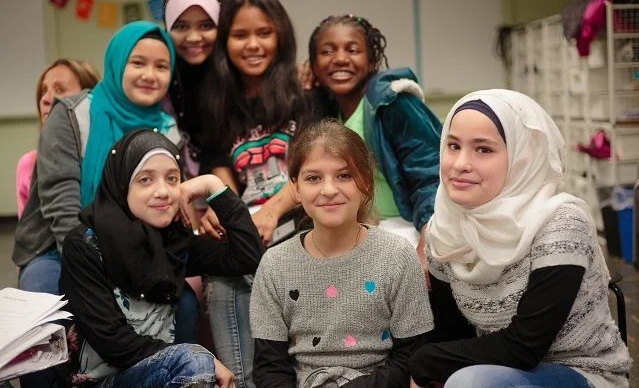Special education Laws
Federal special education law, the Individuals with Disabilities Education Act (IDEA), states that the Individualized Education Program (IEP) must include a statement of the special education and related services … to be provided to the child or on behalf of the child…
Special Education Direct Services
” Every young person in America deserves a world class education. We’ve got an obligation give it to them” -President Barack Obama-
GLOBAL INCLUSIVE TECHNO EDUCATION -GITE-
paraphrases President Barack Obama to reinforce that every young person in the world, including disabled kids deserves free appropriate public education.
The IEP defines the goals a child is expected to achieve in one IEP year as well as any other services the child may need to fully participate at school. The IEP team, which includes the parent, then determines how much and what kinds of services are needed to achieve the goals. The team’s decisions for direct and indirect service times are written in the IEP, typically in the services and modifications section.
Direct Services
Direct instruction and services are those provided directly to a child by a special education teacher or related services professional. Direct service can be provided to an individual child or to a small group of children with similar needs. Direct instruction and services are provided to help a child meet the goals and objectives on the child’s IEP. For example, a special education teacher could provide direct service in written language instruction to address a goal for written language.
Special education indirect services
Indirect services are not provided directly to a child. A special education teacher or related service professional provides these services to others who are working directly with a child. Indirect services may include activities such as:
- Staff consultation with a regular education teacher or other school staff on situations resulting from a child’s disability
- Modifying curriculum or environment for a child
- Observing a child
- Monitoring a child’s progress in a specific area
- Monitoring equipment or assistive technology used by a child
For both direct and indirect services, the IEP states the beginning date; frequency per week or month; minutes per session; location; and anticipated duration of the service. For indirect service, the IEP should specifically list what the services will be, not just the number of minutes the service will be provided.
When thinking about direct and indirect services, parents might ask and discuss the following questions with others on the IEP team:
- Has my child made adequate progress with the current services?
IDEA RELATED SERVICES
The Individuals with Disabilities Education Act (IDEA) Defines Related Services
Some children with disabilities need related services to help them meet the goals in their Individualized Education Program (IEP). Related services means transportation and any other developmental, corrective, or other supportive services that a child needs to benefit from special education.
Related services may include:
- Transportation
- Early identification and assessment of disabilities in children
- Speech-language pathology and audiology services
- Interpreting services
- Psychological services
- Parent counseling and training
- Physical and occupational therapy
- Recreation, including therapeutic recreation
- Social work services
- School health services
- Nursing services
- Counseling services, including rehabilitation counseling
- Orientation and mobility services
- Medical services (for evaluation of a medical disability)
Related services are not limited to the ones outlined above. If a service is necessary for the child to benefit from his or her special education program, the service must be provided, even if it is not included in this list.
Who provides related services?
Qualified professionals may provide related services in the area of their expertise. Paraprofessionals and assistants who are trained and supervised in accordance with state law or policy may also assist in providing related services.
Who decides which related services are right for a child?
A child’s IEP team decides which related services are necessary. Parents are important members of the IEP team. Qualified related service providers may also be members of the team. The team gathers information from eval- uation and uses this information to determine a child’s needs. The IEP team will discuss the child’s needs and decide whether a related service is needed for the child to receive a Free Appropriate Public Education (FAPE).
How are related services written into the IEP?
The IEP will include written statements saying which related services will be provided. Some statements may be written as goals for a related service, such as occupational therapy. Other statements, such as those about transportation or audiology services, may be written in the services and modifications section of the IEP. The IEP will describe:
Modifications
Common modifications
Assignment modifications
- Complete different homework problems than peers
- Answer different test questions
- Create alternate projects or assignments
Curriculum modifications
- Learn different material (such as continuing to work on multiplication while classmates move on to fractions)
- Get graded or assessed using a different standard than other students
- Be excused from particular projects.
ACCOMMODATIONS
Common accommodations
Presentation accommodations
(changes the way information is presented)
- Listen to audio recordings instead of reading text
- Learn content from audiobooks, movies, videos, and digital media instead of reading print versions
- Work with fewer items per page or line
- Work with text in a larger print size
- Have a “designated reader” — someone who reads test questions aloud to students
- Hear instructions spoken aloud
- Record a lesson, instead of taking notes
- Get class notes from another student
- See an outline of a lesson
- Use visual presentations of verbal material, such as word webs
- Get a written list of instructions
Response accommodations
(changes the way kids complete assignments or tests)
- Give responses in a form (spoken or written) that’s easier for them
- Dictate answers to a scribe who writes or types
- Capture responses on an audio recorder
- Use a spelling dictionary or digital spellchecker
- Use a word processor to type notes or give answers in class
- Use a calculator or table of “math facts”
Setting accommodations
- Work or take a test in a different setting, such as a quiet room with few distractions
- Sit where they learn best (for example, near the teacher)
- Use special lighting or acoustics
- Take a test in a small group setting
- Use sensory tools such as an exercise band that can be looped around a chair’s legs (so fidgety kids can kick it and quietly get their energy out)
Timing accommodations
- Take more time to complete a task or a test
- Have extra time to process spoken information and directions
- Take frequent breaks, such as after completing a worksheet
- Scheduling accommodations
- Take more time to complete a project
- Take a test in several timed sessions or over several days
- Take sections of a test in a different order
- Take a test at a specific time of day
Organization skills accommodations
- Use an alarm to help with time management
- Mark texts with a highlighter
- Use a planner or organizer to help coordinate assignments
- Receive study skills instruction

